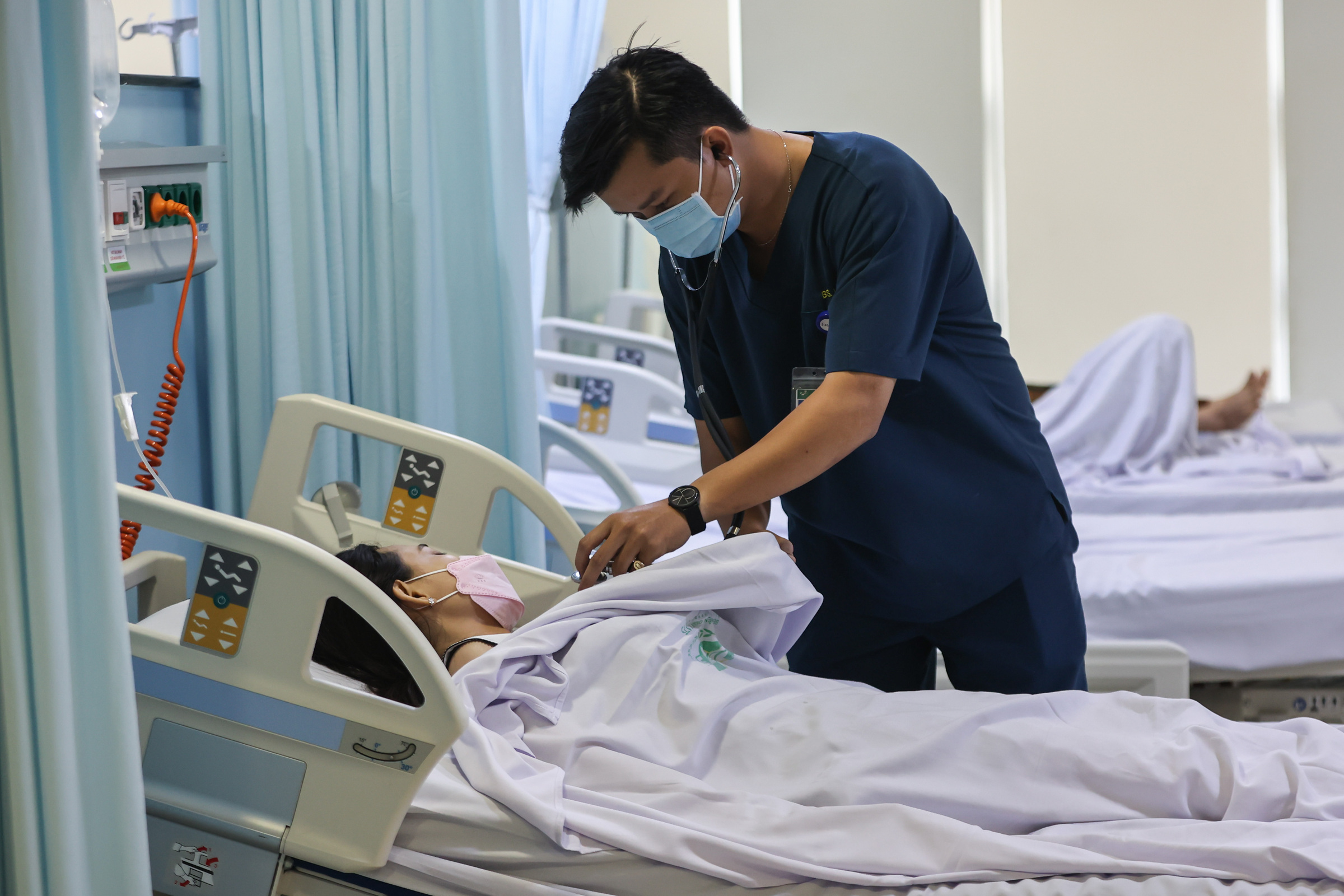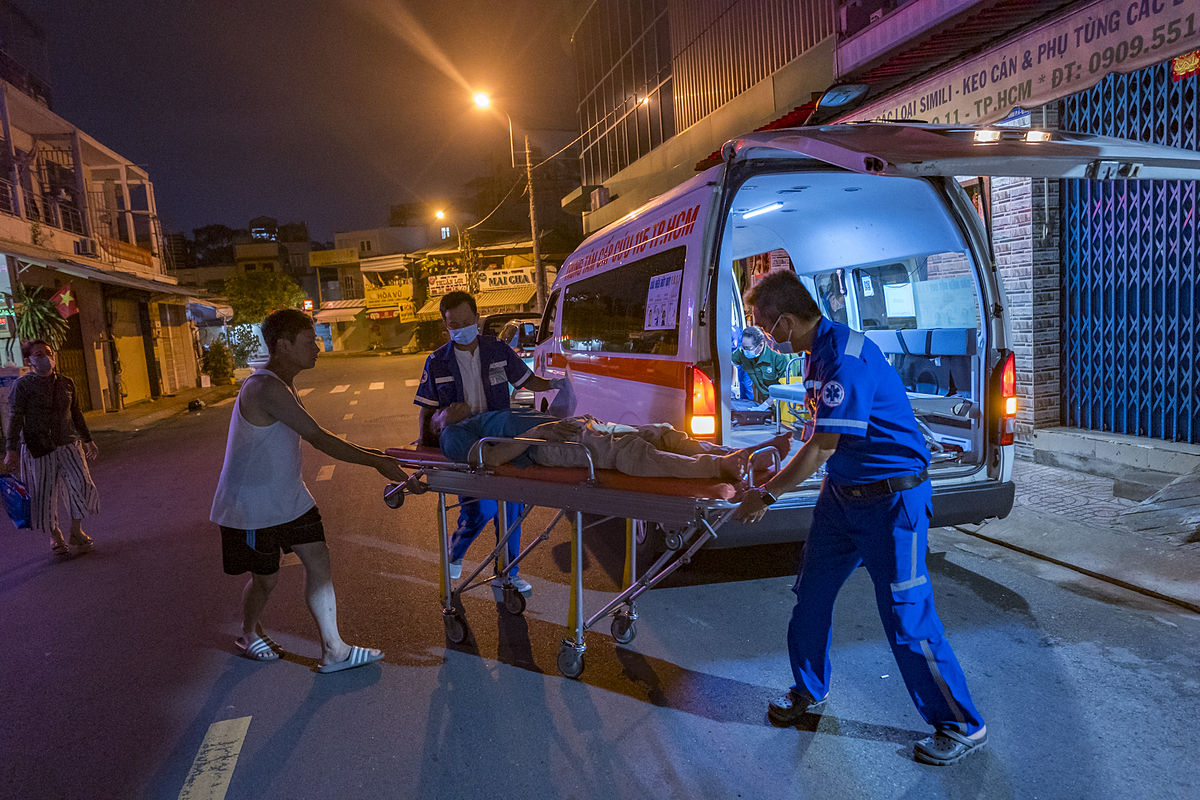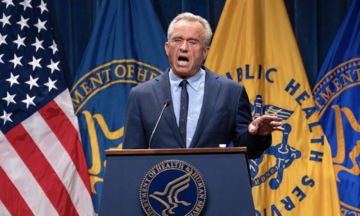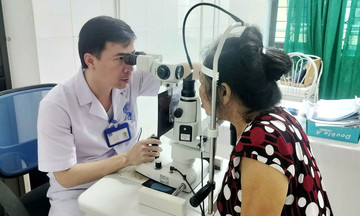"This is a worrying situation," Dr. Nguyen Duy Long, Director of the Ho Chi Minh City 115 Emergency Center, said on 5/8, amid recent reports of several deaths resulting from out-of-hospital cardiac arrests.
One common mistake is that people fail to assess the victim's condition for on-site first aid or don't call 115 promptly. When they do call, they often provide insufficient information, delaying the process of access to medical assistance, Long said.
Many cases involve incorrect first aid techniques, such as improper chest compressions or transporting head and neck injury victims without spinal immobilization. Some people apply unscientific folk remedies like putting leaves on wounds, applying cooking oil or fish sauce to burns, or trying to make choking victims drink water.
According to Dr. Long, these actions are not only futile but can also worsen the victim's condition, even causing death or permanent disability, especially in critical situations such as cardiac arrest, stroke, traffic accidents, poisoning, or choking.
Similarly, Colonel Dr. Nguyen Van Tan, Head of the Intensive Care Unit at the 175 Military Hospital, believes the root cause lies in the lack of knowledge, skills, and proper attitude towards first aid among Vietnamese people. Consequently, the ability to protect themselves and assist others in emergencies remains limited.
 |
Doctors examine a patient at the Intensive Care Unit, 175 Military Hospital. Photo: Quynh Tran |
Doctors examine a patient at the Intensive Care Unit, 175 Military Hospital. Photo: Quynh Tran
Vietnam lacks a solid foundation for widespread first aid knowledge. This skill is not included in the formal curriculum of general education schools. In the workplace, regular first aid training programs are not mandatory, leading to a severe shortage of basic knowledge.
Furthermore, a reliance on medical professionals often makes people complacent and unwilling to learn first aid. Current first aid training methods are monotonous and lack diversity. The media has also not effectively highlighted the essential role of first aid in saving lives, limiting public awareness.
Meanwhile, data from the Ministry of Health shows that Vietnam records approximately 1.7 million injury cases annually, with over 30,000 deaths. Most of these incidents occur in the community, where the first people to reach the victims are not medical professionals.
To spread first aid skills widely, experts emphasize the need for coordinated efforts among agencies and departments, along with a supportive legal framework and media campaigns. Dr. Tan suggests that in the digital age, tools like artificial intelligence, digital platforms, and instructional videos can become valuable aids, especially in specific situations requiring visual guidance. Equipping public places, schools, factories, and households with basic medical kits is also essential.
The director of the Ho Chi Minh City 115 Emergency Center proposes implementing widespread first aid training in three main directions: First, in schools, integrate first aid skills into life skills programs from secondary school onwards, while training core teachers for long-term instruction.
Second, in workplaces, residential areas, and on public transport, mandatory regular first aid training is needed, especially in high-risk facilities. This should be accompanied by equipping public places like large buildings, stations, and stadiums with first aid kits and automated external defibrillators (AEDs).
Finally, promote communication in an easy-to-understand and practical manner, compiling standardized, concise, and visually illustrated materials such as pocket books, wall posters, and simulation videos, combining direct and online training formats with certification.
 |
Doctors and paramedics from the Ho Chi Minh City 115 Emergency Center transport a patient from the community to the hospital. Photo: Hoang Viet |
Doctors and paramedics from the Ho Chi Minh City 115 Emergency Center transport a patient from the community to the hospital. Photo: Hoang Viet
Many countries have pioneered and effectively implemented community first aid models. In Japan, Germany, and elsewhere, students must complete a first aid course and obtain certification before graduating from high school or getting a driver's license. Some places even use virtual reality (VR) simulations to train skills in handling cardiac arrest and traffic accidents. AEDs are widely installed in public places, and people are equipped with the skills to use them.
Ho Chi Minh City is gradually establishing a basic first aid training network, helping people access knowledge and skills to respond to emergencies. The 115 Emergency Center currently offers one-day first aid training courses for the public, for people aged 16 and above, with standardized materials following the Ministry of Health's guidelines.
The curriculum includes cardiopulmonary resuscitation (CPR); handling choking, stopping bleeding and bandaging wounds, immobilizing fractures, treating burns; managing strokes, shortness of breath, and angina; handling seizures, drowning, food poisoning, heatstroke; and safe victim transport. These are simple, easy-to-learn skills that everyone can access and perform with proper guidance.
The 175 Military Hospital, one of two facilities in Vietnam licensed to organize first aid and CPR courses according to the American Heart Association (AHA) international standards, has also offered numerous classes since 2022. Trainees are mainly doctors and nurses from various hospitals, members of out-of-hospital cardiac arrest teams, air ambulance and water rescue teams. Many citizens, security guards, tour guides, lifeguards, fitness trainers, school and company medical staff, students studying abroad in countries requiring AHA certification, have also registered for the courses.
Le Phuong












